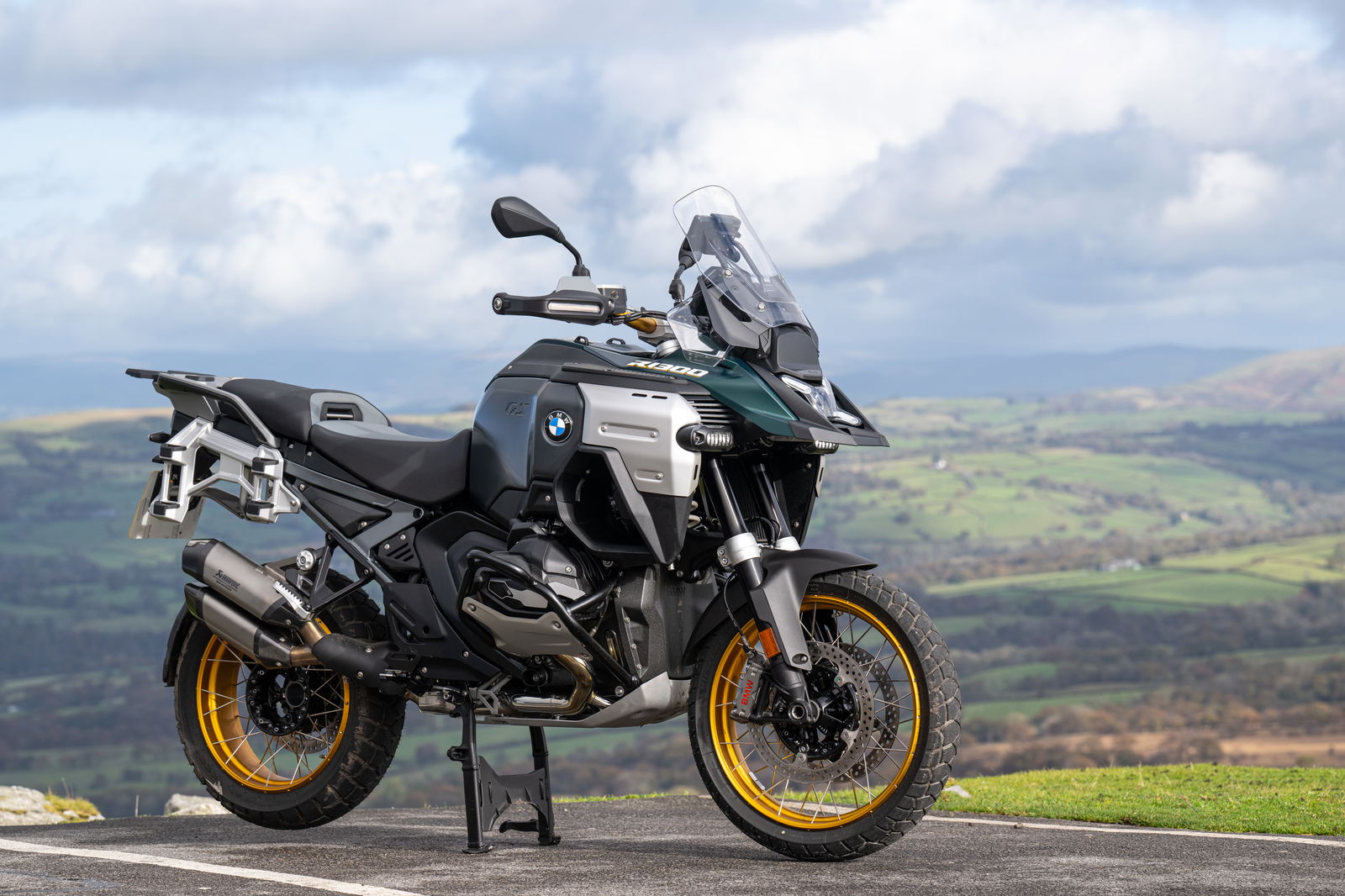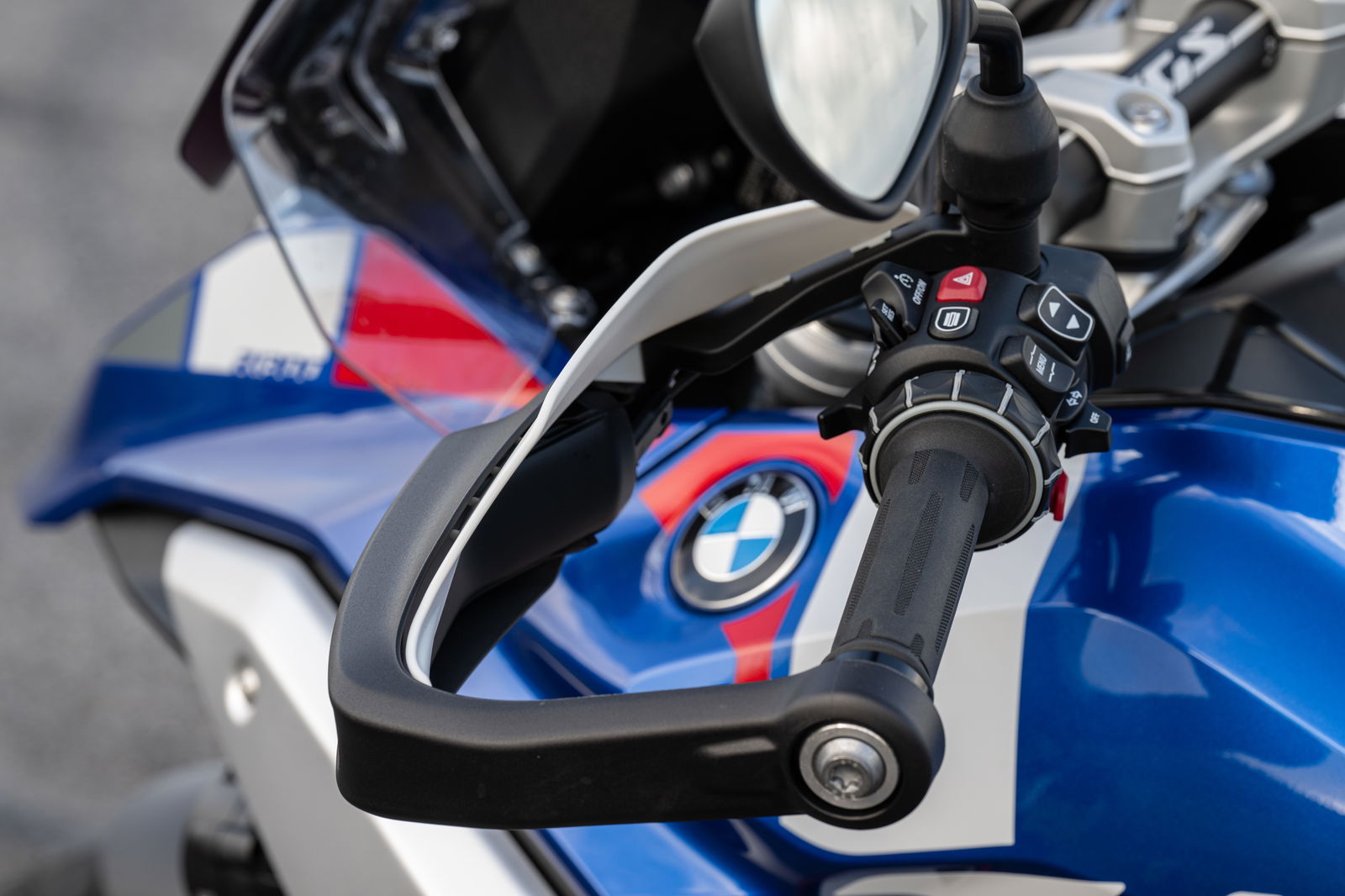BMW R1300 GS with ASA Review: Game-Changing Gearbox Tech?
Especially considering it’s a first go, the ASA system is seriously impressive

Automated gearboxes on motorcycles are suddenly all the rage. Seemingly out of the blue, KTM, BMW and Yamaha (with its Y-AMT system) have all brought out transmissions that do the shifting for you, while Honda, already a proponent of dual-clutch gearboxes for years, has added the E-Clutch system into the mix, although that merely automates the clutch side of the equation.
What’s interesting about the first three is that while the principle of each is broadly the same, the manual shift modes of each are different. Yamaha’s system allows for shifting on the bar via a pair of buttons, while BMW ASA manual shifts are done with a traditional foot lever only. Finally, the KTM AMT setup lets you do either.
We tried ASA on an R1300 GS, one of two bikes it’s currently available on, the other being the new R1300 GS Adventure. We rode the bike exclusively on the road.

How does BMW ASA work?
Most of the components are the same as BMW’s six-speed manual gearbox. The difference is in a pair of servos, one of which actuates the clutch, while the other selects the gears. And so, it’s an automated manual rather than a ‘proper’ automatic. There was a time when this technology was popular in the four-wheeled world, and indeed within the BMW car brand, with models like the E46 M3 and E60 M5 available with an ‘SMG’ gearbox working on a similar principle.

The system gathers data from various sources including the throttle and the inertial measurement unit (IMU). The latter detail sets ASA apart from Yamaha Y-AMT, which doesn’t know if you’re cornering, which means it can (and does) shift while the bike’s leant over.
Using all that data, the system is supposed to adapt to how you’re riding, for instance, holding onto gears for longer if you’re starting to get particularly greedy with the throttle.
The manual mode is selected by simply pressing a single button on the right-hand switch cube.
What’s it like to ride a BMW ASA bike?
With no clutch lever to pull in before hitting the starter, you instead have to hold the front brake. From here, it’s a case of pressing down on the gear lever once to engage first gear, much as you do with a manual bike. If you need to switch back to neutral, though, it’s a bit different as it’s ‘below’ first rather than between first and second, so it’s another downward press to engage N.

Pulling away, there isn’t that slight sense of hesitation sometimes experienced with Honda’s DCT bikes. It’s not overly eager either, as I’ve found with the Honda E-Clutch setup - the balance has been judged very well, and moving off the line is generally a smooth experience.
Around town, you soon forget what the gearbox is up to, as the shifts are really slick, if not seamless, although they were never going to be with an automated manual setup like this. Riding harder, the system becomes a bit more abrupt, but it never feels clunky.
Whether or not it shifts down a cog depends not on how much throttle you wind on, but rather how quickly you twist the grip. Slowly opening up the throttle, the system generally seems to stay in whatever gear you had selected, but quickly add the gas, and it’ll get shifting.

Although it does noticeably hold onto gears longer as you start to ride harder, the system doesn’t do so excessively - and no point did I feel the need to snick up a gear myself and override the bike’s gear choices. You can do so at any time in automatic mode by using the foot lever, but this doesn’t automatically engage the manual setting, so when it’s time for the next cog swap, the bike will do its thing.
Manual mode, for the most part, makes the bike like any other R1300 GS. The sensation of changing gear is exactly the same. The one difference is if the revs get low enough, the bike will downshift automatically, rather than letting you stall.
Low-speed manoeuvring without the ability to slip the clutch feels a little awkward and did cause some wobbles. In time, I suspect you’d get used to it. What you get in tune with much faster is the lack of clutch - I only reached for the non-existent lever a couple of times.

Should you buy a BMW with ASA?
The biggest praise I can give ASA is that after a few hours of riding a bike with the gearbox, I stopped thinking about it. It’s the same thing when driving a car with an automatic gearbox - if you forget about it after a while, it’s probably done its job well, blending into the background and not doing anything weird and/or annoying.
ASA offers the best of both worlds, able to operate almost exactly the same as a manual, lack of stalling potential aside (which is surely a good thing), or wholesale take over the process of swapping cogs should you wish.
On the asphalt, the system makes a lot of sense. On rougher ground, the inability to slip the clutch and better control your progress could sap confidence, but when so many GSs and GSAs will spend all their lives on solid ground, for a lot of buyers that won’t be an issue.
Already, the system is proving popular, with a take-up rate of about 35 per cent in the UK, and that’s expected to grow. Even if you’re a bit sceptical, a test ride might win you around too. And if you want in on the action but don’t want a GS or GSA, it’s almost certain that the system will come to other new R1300 models as R1250 family bikes are replaced. ASA could even make it onto other BMW engines.
The best part is, the premium paid to get an ASA-equipped bike isn’t that hefty, at £600.


